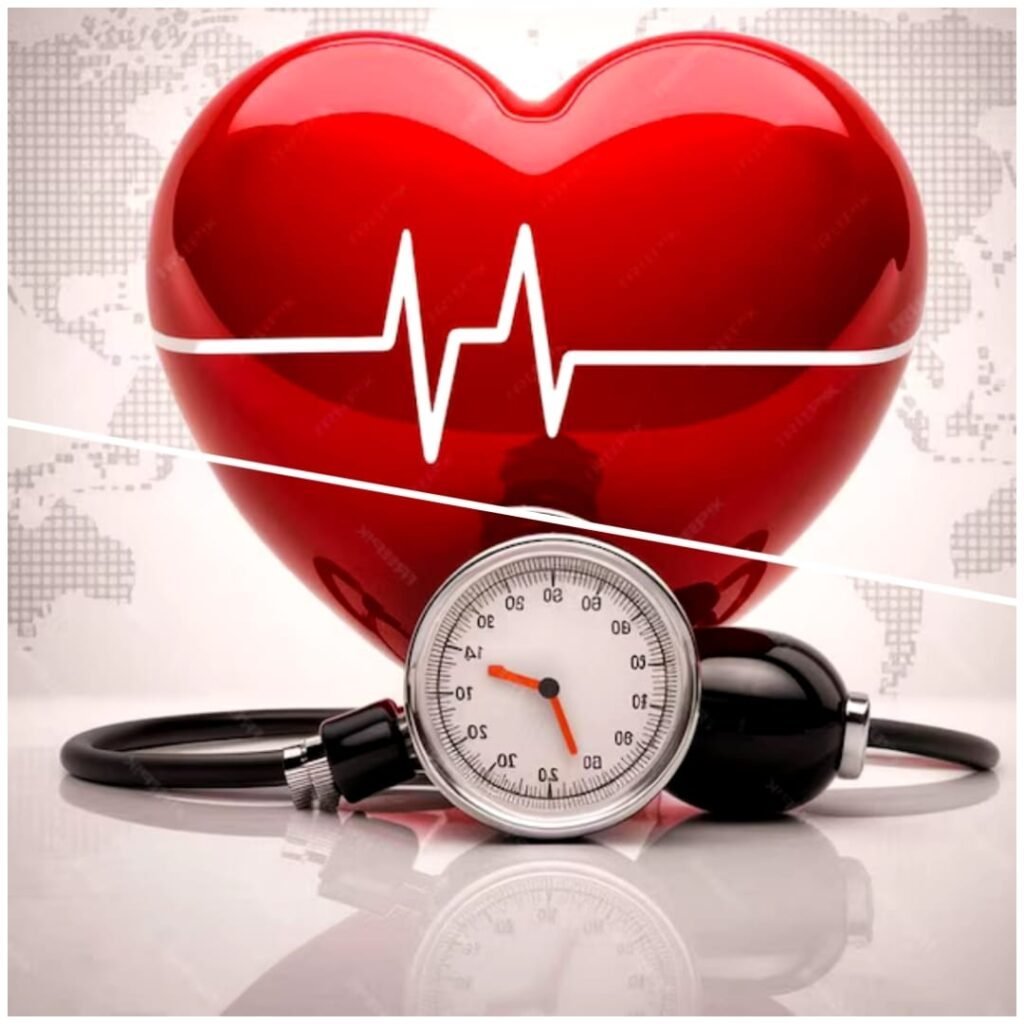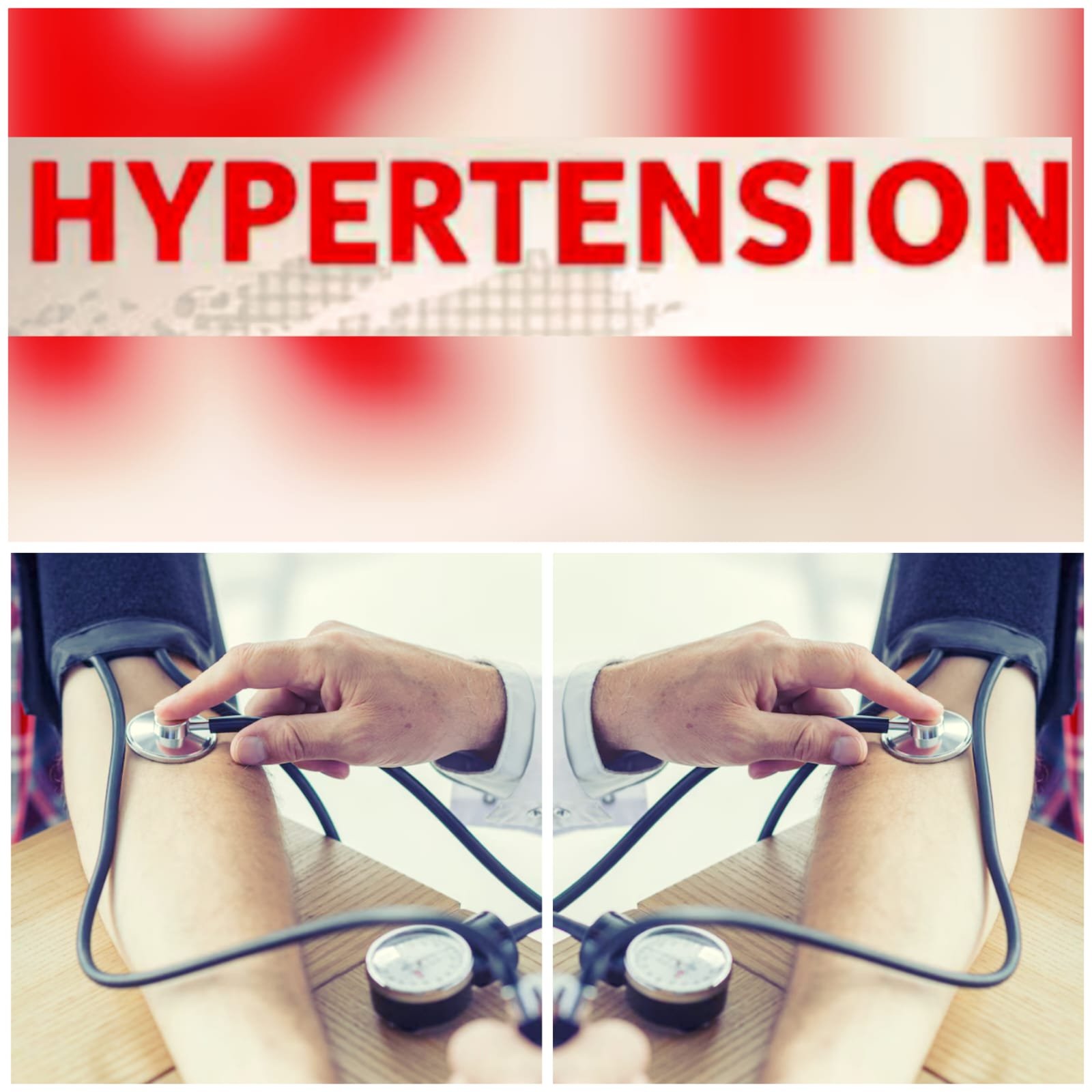Hypertension: Causes, Symptoms, and Treatment

Hypertension: Causes, Symptoms, and Treatment
Hypertension, or high blood pressure, is a common yet potentially dangerous condition that affects millions globally. Understanding hypertension involves a thorough examination of its causes, symptoms, diagnostic processes, and treatment strategies.
1. Causes of Hypertension
Hypertension is categorized into two primary types: primary (essential) hypertension and secondary hypertension. Each has distinct causes and contributing factors.
Primary (Essential) Hypertension
- Genetic Factors: Family history plays a significant role. If close relatives have high blood pressure, there’s an increased risk of developing it.
- Age: Blood pressure tends to rise with age. This is partly due to the stiffening of arteries over time.
- Lifestyle Factors:
- Diet: High sodium (salt) intake and low potassium consumption can contribute to increased blood pressure.
- Physical Inactivity: Lack of regular exercise can lead to weight gain and higher blood pressure.
- Obesity: Excess body weight increases the workload on the heart and can raise blood pressure.
- Tobacco Use: Smoking causes immediate spikes in blood pressure and damages the blood vessels.
- Excessive Alcohol Consumption: Regular heavy drinking can lead to persistent high blood pressure.
- Chronic Stress: Long-term stress can contribute to elevated blood pressure. Stress may lead to unhealthy behaviors like poor diet and smoking.
Secondary Hypertension
Secondary hypertension results from an underlying health condition or factor that causes elevated blood pressure. Common causes include:
- Kidney Disease: Conditions like chronic kidney disease or renal artery stenosis can affect the body’s ability to regulate blood pressure.
- Endocrine Disorders:
- Hyperthyroidism or Hypothyroidism: Thyroid gland disorders can impact blood pressure.
- Adrenal Disorders: Conditions such as Cushing’s syndrome or pheochromocytoma can lead to hypertension.
- Medications:
- Oral Contraceptives: Some birth control pills can elevate blood pressure.
- NSAIDs: Nonsteroidal anti-inflammatory drugs, like ibuprofen, can raise blood pressure.
- Decongestants: These can increase blood pressure by constricting blood vessels.
- Sleep Apnea: Obstructive sleep apnea can cause intermittent high blood pressure.
- Illegal Drugs: Substances such as cocaine and methamphetamine are associated with elevated blood pressure.
- Pregnancy: Conditions such as preeclampsia can cause high blood pressure during pregnancy.
2. Symptoms of Hypertension
Hypertension is often asymptomatic, meaning individuals may not experience noticeable symptoms until the condition is advanced or severe. However, when symptoms do occur, they may include:
- Headaches: Severe or persistent headaches, especially if sudden and intense, can be a sign of high blood pressure.
- Dizziness: Feeling lightheaded or experiencing balance issues may be related to hypertension.
- Blurred Vision: Elevated blood pressure can damage blood vessels in the eyes, leading to visual disturbances.
- Chest Pain: Although less common, very high blood pressure can cause discomfort or pain in the chest.
- Shortness of Breath: Difficulty breathing can occur, particularly if high blood pressure has led to heart failure or other complications.
3. Diagnosis of Hypertension
Diagnosing hypertension involves a combination of blood pressure measurements and additional tests. Here’s an overview:
Blood Pressure Measurement
- Routine Monitoring: Blood pressure is measured using a sphygmomanometer and stethoscope or an automatic blood pressure monitor. It is typically measured at several visits to confirm the diagnosis.
- Normal: Below 120/80 mmHg.
- Elevated: Systolic between 120-129 mmHg and diastolic below 80 mmHg.
- Stage 1 Hypertension: Systolic between 130-139 mmHg or diastolic between 80-89 mmHg.
- Stage 2 Hypertension: Systolic 140 mmHg or higher, or diastolic 90 mmHg or higher.
Additional Tests
- Blood Tests: To check for conditions like diabetes or kidney dysfunction.
- Urinalysis: Assesses kidney function and detects possible damage.
- Electrocardiogram (ECG): Evaluates heart rhythm and detects potential heart-related issues.
- Echocardiogram: Provides an image of the heart’s structure and function.
- Ambulatory Blood Pressure Monitoring: Measures blood pressure over 24 hours to detect variations and confirm diagnosis.

4. Treatment of Hypertension
Managing hypertension involves both lifestyle changes and medical treatments:
Lifestyle Modifications
- Dietary Changes:
- Reduce Sodium Intake: Aim to limit salt consumption.
- Increase Potassium: Foods high in potassium, like bananas and spinach, can help balance sodium levels.
- Follow the DASH Diet: Emphasizes fruits, vegetables, whole grains, and lean proteins.
- Exercise: Engage in at least 150 minutes of moderate-intensity aerobic exercise per week, such as brisk walking or cycling.
- Weight Management: Achieve and maintain a healthy weight through diet and exercise.
- Limit Alcohol: Consume alcohol in moderation—up to one drink per day for women and two for men.
- Quit Smoking: Seek resources to stop smoking and improve cardiovascular health.
- Stress Reduction: Practice stress management techniques like mindfulness, yoga, or meditation.
Medications
If lifestyle changes are not sufficient, medications may be prescribed. Common classes of antihypertensive drugs include:
- Diuretics: Often called “water pills,” these help remove excess sodium and water from the body.
- ACE Inhibitors: Block the conversion of angiotensin I to angiotensin II, a substance that narrows blood vessels.
- Angiotensin II Receptor Blockers (ARBs): Block the action of angiotensin II to relax blood vessels.
- Calcium Channel Blockers: Prevent calcium from entering heart and blood vessel cells, which relaxes the vessels.
- Beta-Blockers: Reduce heart rate and the force of contraction, lowering blood pressure.
- Alpha-Blockers: Reduce nerve signals that tighten blood vessels.
Regular Monitoring
Ongoing monitoring is essential to ensure blood pressure remains within target levels and to adjust treatments as necessary.
Conclusion
Hypertension is a multifaceted condition that requires comprehensive management to prevent serious health issues. By understanding its causes, recognizing potential symptoms, and adhering to diagnostic and treatment protocols, individuals can effectively manage their blood pressure and reduce their risk of complications. Regular check-ups and lifestyle adjustments play a crucial role in maintaining optimal health and well-being.




